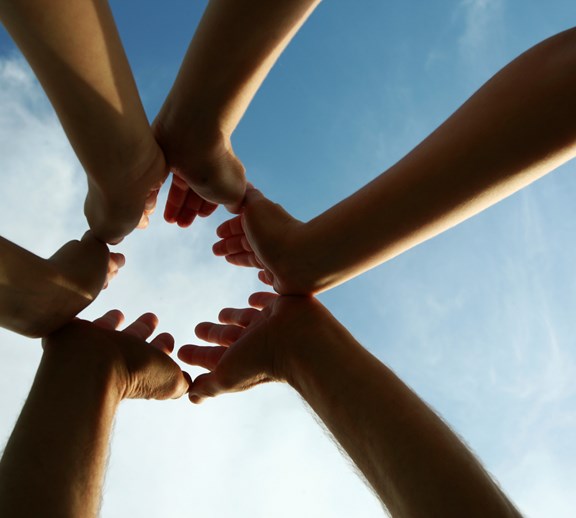Bringing Gamification Into Your Sales Performance Solutions
How do you continue to promote sales excellence with gamification solutions?

Gamification as a digital tool in driving productivity and performance has been gaining momentum for quite a number of years. It works because it taps into our natural human instincts to explore, compete, and win.
Although gamification has largely been used for improving engagement, noting a 60% increase, its root in motivation and driving behaviour can be applied across business functions including sales enablement and strategy.
Not only can it upskill your salespeople, but it is also flexible enough to push them towards achieving key performance indicators, and improving customer experience and retention.
What is gamification, and how is it used at work?
Gamification involves incorporating game-like mechanics into non-game environments to drive engagement and desire for achievement through participation. In a business context, gamification acts as a driver that propels employees towards the desired performance.
The competitive element in gamification is effective because it resonates with the sales person’s behaviour. This can take the form of implementing scores and leaderboards or contests to reward sales velocity and performance. It’s also worth noting that sales leaders need to be cognisant of how leading and lagging indicators can provide insight, equipping managers with the tools to review and manage performance along the way.
This enables salespeople to work on their performance from start to end. Focusing on the end sales target alone is not the sole way of ensuring productive competition.
Understanding the psychology behind gamification
There are several drives deeply embedded in human psychology, one of which is the need to achieve. Amongst these drivers, the ‘goal gradient bias’ is probably one of the most powerful and often used. In the context of sales management, it is about understanding how to structure sales campaigns in a way that leverages innate behaviours, instead of traditional carrot and stick methods.
The goal-gradient hypothesis by behaviourist Clark Hull marks the finding that people expend more effort as they approach a reward. Based on this psychology, the effort-reward structure put forth in gamification plans can impact employees’ motivation and decision-making. The phenomenon that employees may increase their efforts as they progress closer to their goal is noted as goal gradient behaviour.
Some of the ways to leverage this psychology include visualising the progress, rewarding milestones, and offering challenges throughout the journey towards completion.
How do you implement gamification in sales and performance?
Motivation is a key piece of the puzzle to successful gamification strategies in sales enablement. Here are some best practices to lead your implementation.
1. Prioritise understanding what motivates your salespeople
Like every other department, different salespeople are motivated in different ways. For instance, even within quota arrangements, there are various ways to do it. There could be commissions tagged to overachieving quotas, multi-tier targets, or improving qualitative elements of the sale.
Before you employ any motivation tools as part of a gamification strategy, you first need to know what drives your salespeople. Supported by our revised engagement methodology, the 12 New Rules of Engagement, giving your salespeople meaning drives higher performance. Employees, regardless of their position, need to be part of something bigger than just a job and paycheck. Start by asking them a series of questions and aggregating these answers to gain insight into their profiles.
2. Set clear objectives and milestones during the goal-setting process
The best companies tailor their sales strategies to their customers, and the same is done in top sales organisations when it comes to their salespeople, according to McKinsey. With different motivations, your salespeople may have different goals and timelines in mind.
Including them in the goal-setting process is key to accountability. Deconstruct yearly objectives into smaller milestones, such as quarterly targets, when planning sales contests.
Part of our sales contests engine, the SalesMaker, GoalQuest is a flexible goal-setting architecture module that rewards salespeople upon completion of their goals.
In addition to individual objectives, getting your sales team to work towards a common goal can bridge gaps in skills, increase productivity, and unify them. Likewise, challenging your salespeople, another strategy part of the methodology mentioned above, can inspire great performance.
3. Encourage competition using leaderboards and awards
Complementing goal-setting is the use of interactive visualisation tools like leaderboards. Not only does it provide sales transparency, this gamified pathway spurs healthy competition among your salespeople by tapping into innate motivations for achievement.
Upon completion of tasks, rewarding your salespeople positively reinforces the motivation to continue working towards set objectives and perform. With BI WORLDWIDE’s Contest Wizard, your salespeople can track their progress, keep up with their ranking on the leaderboard, and get notified about optional bonuses for additional earning opportunities. They also get rewarded every time they hit their targets. A powerful motivational tool, this encourages healthy competition via gamification mechanics.
The effectiveness of your sales team performance is crucial for the overall success and growth of the organisation. Not only do they increase revenue, but they also have a strong impact on brand reputation, and the retention of long-term customer relationships. Measuring the success of sales teams includes a range of metrics, from key performance metrics like revenue by market and the average customer lifetime value, to activity metrics such as sales presentations scheduled and proposals sent.
Multiple channels, influencers, and digitisation make the sales process more complicated, placing undue pressure on salespeople. However, inspiring great performance from your salespeople is far from being an elusive ideal by integrating intrinsic motivators into everyday work. Leveraging gamification is one way to tap into innate psychology to build a team of highly motivated and driven salespeople.
The best way to get started is to get in touch













